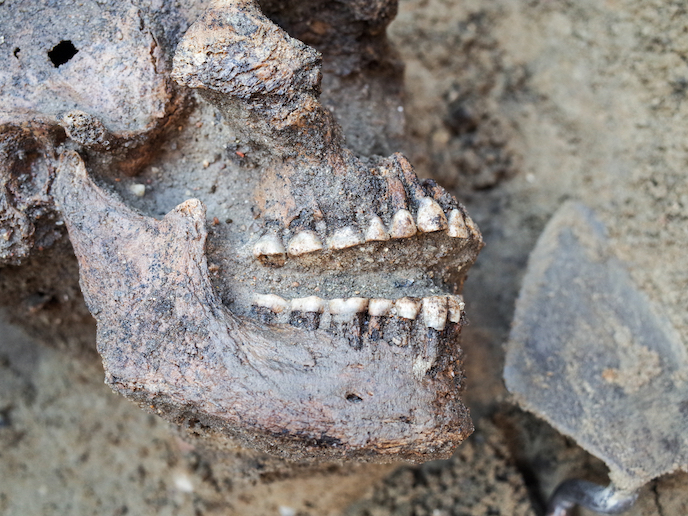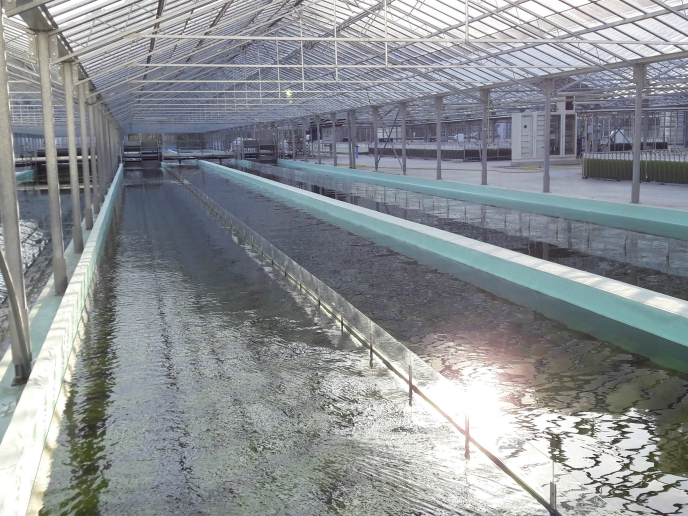Ancient tartar offers clues about medieval leprosy treatment
Partly due to poor archival accounts, little is known about the archaeology of medieval leprosy hospitals, or their treatments. In a pioneering first, the EU-funded MEDICAL project, undertaken with the support of the Marie Skłodowska-Curie Actions programme, set out to fill in the blanks, by analysing human dental (dental calculus), or tartar. “This mineralised matrix offers an exceptional record of organic and inorganic substances – such as plant, minerals and animal remains – some of which might have been used as treatments for medieval leprosy,” explains Marie Skłodowska-Curie researcher Elena Fiorin. The team found traces of ginger and mercury in some individuals. Ginger has long been used medicinally – suggested by its scientific name Zingiber officinalis – and is indeed mentioned in historical sources as a leprosy cure. Mercury, mixed with other minerals, is known to have been used to cover skin imperfections and as a pain-relieving ointment, so would make sense as a treatment for leprosy, which severely affects the skin. “Our results shed new light on the history of medicine, adding details about the lives of leprosy sufferers during the Middle Ages,” says research supervisor Emanuela Cristiani from Sapienza University of Rome, the project host.
The secrets of ancient tartar
Thanks to a collaboration with Durham University, United Kingdom and the Centre Michel de Boüard, Craham (website in French), France, Fiorin had the opportunity to analyse the tartar of teeth excavated from the cemeteries of the medieval leprosaria of St Leonard’s, Peterborough, England and Saint-Thomas d’Aizier, France. “These are two extraordinary leprosy cemeteries which were extensively excavated a few years ago,” adds Fiorin. Dental calculus is a deposit of mineralised dental plaque that forms on teeth. During the mineralisation process, fragments of food (plant and animal debris), biomolecular compounds and chemical elements in the mouth can become ‘trapped’, remaining within the mineral matrix of the calculus. These microscopic residues often stay unaltered over millennia. “Ancient tartar is an unparalleled source of biographical information on diet, health, living conditions, and even past social and working habits. Over the last few years it has also provided insights into past healing and medicinal remedies,” remarks Fiorin. The dental calculus was analysed using polarised optical microscopy and chemical analysis techniques, such as inductively coupled plasma mass spectrometry and atomic fluorescence spectrometry. Polarised optical microscopy showed the presence of ginger in some individuals from the medieval English cemetery, St Leonard’s, Peterborough, England. There are records of using ginger to treat leprosy. For instance, Constantine the African, a famous 11th century AD physician, suggested preparing oral treatments containing ginger and other herbs to alleviate stomach pain triggered by leprosy. Also, analysis to detect and measure mercury concentrations showed higher levels in individuals living in leprosaria, compared to the project’s control population – those unearthed in a typical (non-leprosaria) cemetery. “Thanks to Vrije University Brussels (VUB), we are especially proud to have demonstrated the potential of chemical techniques for studying toxic heavy metal concentrations in tiny fragments of ancient human tartar,” says Fiorin.
Rethinking the Middle Ages
MEDICAL’s findings suggest that the risk of contagion, along with ways to mitigate it, were well known in medieval times. “Instead of simply stigmatising sufferers, the evidence suggests that they were cared for, which would be a humbling lesson in humanity, helping us reappraise our medieval ancestors,” concludes Fiorin. As part of the SAPIExcellence programme, the team will continue their research with a third case study from the leprosarium of Sint-Jan in Ypres, Belgium. They will also further develop their chemical analysis methodology, studying dental calculus from a contemporary population.
Keywords
MEDICAL, dental calculus, tartar, teeth, leprosy, leprosaria, hospital, Middle Ages, medieval







